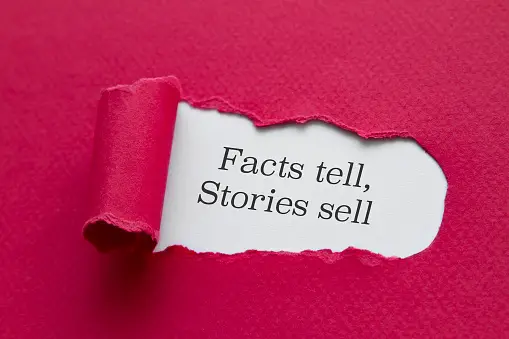The Power of Storytelling in Grant Proposal Writing cannot be overemphasized.
Grant proposal writing can be a daunting task, especially when it comes to capturing the attention of reviewers and funders. One effective way to do this is by incorporating storytelling into your proposal. Storytelling has the power to connect with people on an emotional level and convey your message in a way that is both memorable and engaging.
In grant proposal writing, storytelling can help you accomplish several goals, such as highlighting the need for your project, demonstrating its impact, and building a connection with the funder.
Here are some tips for incorporating storytelling into your grant proposal:
- Start with a compelling introduction: Your introduction is the first thing that reviewers will read, so make sure it grabs their attention. Use a story that illustrates the need for your project or the impact it will have. For example, you could start with a story about a person or community that has been affected by the issue you are addressing.
- Use concrete examples: When describing your project, use specific examples to make it more tangible and relatable. For instance, if your project involves providing education to low-income students, you could share a story about a student who overcame obstacles to achieve academic success thanks to a similar program.
- Highlight the impact: In addition to describing your project, make sure to highlight the impact it will have on the community or the target audience. Share stories about how your project has transformed the lives of individuals or communities in the past, and how it can continue to do so with the funder’s support.
- Keep it concise: While storytelling can be a powerful tool, it’s important to keep your proposal concise and to the point. Focus on the most important stories that support your case and avoid including irrelevant or unnecessary details.
- Stay true to your mission: While storytelling can help you connect with the funder, make sure the stories you use align with your mission and goals. Avoid using stories solely for the sake of emotional appeal and ensure that they support your project’s objectives.
Practical example of how storytelling can be used effectively in grant proposal writing:
Organization X is a nonprofit that provides housing and support services to homeless individuals in their community. In their grant proposal, they highlighted the story of one of their clients, Jane, to illustrate the impact of their work.
Jane had been homeless for several years and struggled with addiction and mental health issues. Through the support of Organization X, she was able to secure stable housing, attend counseling sessions, and receive job training. As a result, Jane was able to get a job, maintain her sobriety, and rebuild relationships with her family.
By sharing Jane’s story, Organization X was able to demonstrate the effectiveness of their programs and the positive impact they have on the lives of their clients. They also used this story to connect with the grant reviewer on an emotional level, helping them to understand the importance of their work and the need for funding.
This is just one example of how storytelling can be used effectively in grant proposal writing. By sharing compelling stories, organizations can create a powerful narrative that showcases the impact of their work and helps to engage and persuade grant reviewers.
Final Thought
Incorporating storytelling into your grant proposal can help you stand out from other applicants and increase your chances of securing funding. By using concrete examples, highlighting the impact, and staying true to your mission, you can create a compelling narrative that resonates with the funder and demonstrates the importance of your project.






